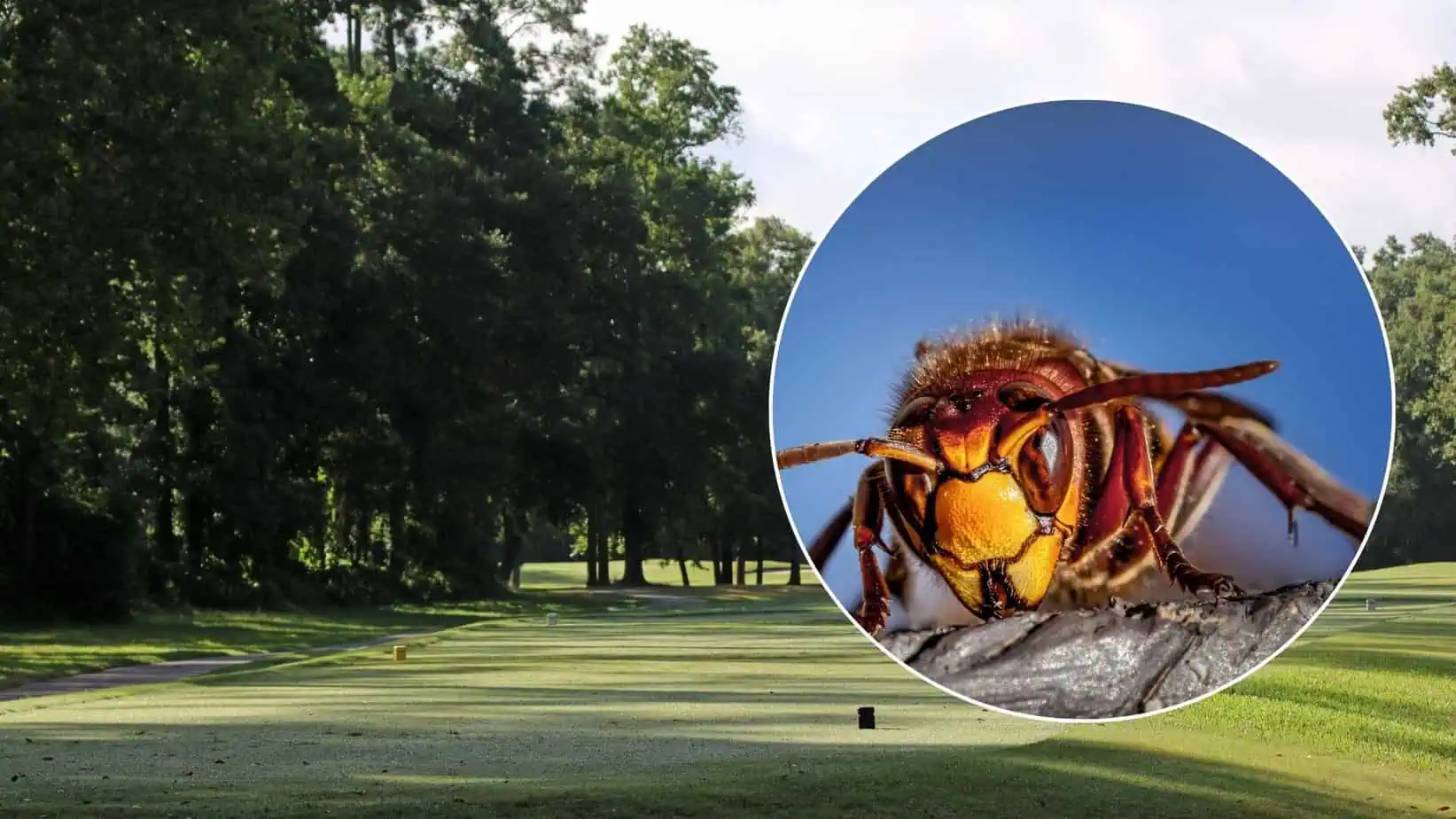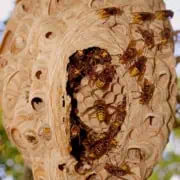Hornets on the golf course: protected and feared
There is a buzzing around the old copper beech along the path to hole two on the golf course we are visiting. “Beware of hornets” is written on the sign, causing most golfers to take a step back. Hornets are impressively large and loud – but they are not dangerous. In many European countries where the insect used to be common, they are now protected because their populations are under threat. With the increasing sealing of landscapes, the loss of old tree populations, the use of pesticides and insect sprays, their habitat has shrunk. In addition, people are often hasty to combat them – out of fear of being bitten or ignorance of the legal protection regulations. In Germany, the hornet is strictly protected by the Federal Nature Conservation Act. This means that nests may not be removed and animals may not be killed or disturbed. Violations can be punished with heavy fines. The animals are peaceful anyway: they only defend themselves if you get too close to their nest or damage it. Individual animals do not attack humans.
https://golfsustainable.com/en/alarming-biodiversity-fact-check/ Members of golf clubs often see things differently – usually out of ignorance. Especially when the animals have nested in driving range huts, next to the ball dispenser and under roofs or the beams next to the clubhouse terrace, relocation is sometimes necessary. If there is a danger to humans, the nest may be relocated in Germany in exceptional cases – but only by specialists and with the express permission of the Lower Nature Conservation Authority. The relocation usually takes place in the late evening hours when all the animals are in the nest. The entire nest is carefully transferred to a transport container and relocated to a suitable place – e.g. the edge of a forest, orchard or other areas of the golf course – without stressing the hornets. Important beneficial insect Golf courses definitely benefit from having hornets at home. They are excellent hunters. Their diet consists mainly of flies, mosquitoes, horseflies, wasps and other insects – they can catch several hundred insects a day to feed their brood. Adults feed primarily on tree and plant sap, overripe fruit or nectar. They have an important ecological function for humans – they keep pests in check and also serve as pollinators. Even if bees occasionally become prey, the damage to beekeepers is very low. At the same time, hornets reduce the population of annoying or invasive insect species. The golf course as a habitat On golf courses, the endangered insects find numerous habitats that they appreciate for nesting: Tree hollows and dead wood, dormer windows or nesting boxes, here they feel at home. Anyone who discovers them there has proof that the golf course functions well as an ecosystem.








 Image: Ralf Kistowski
Image: Ralf Kistowski